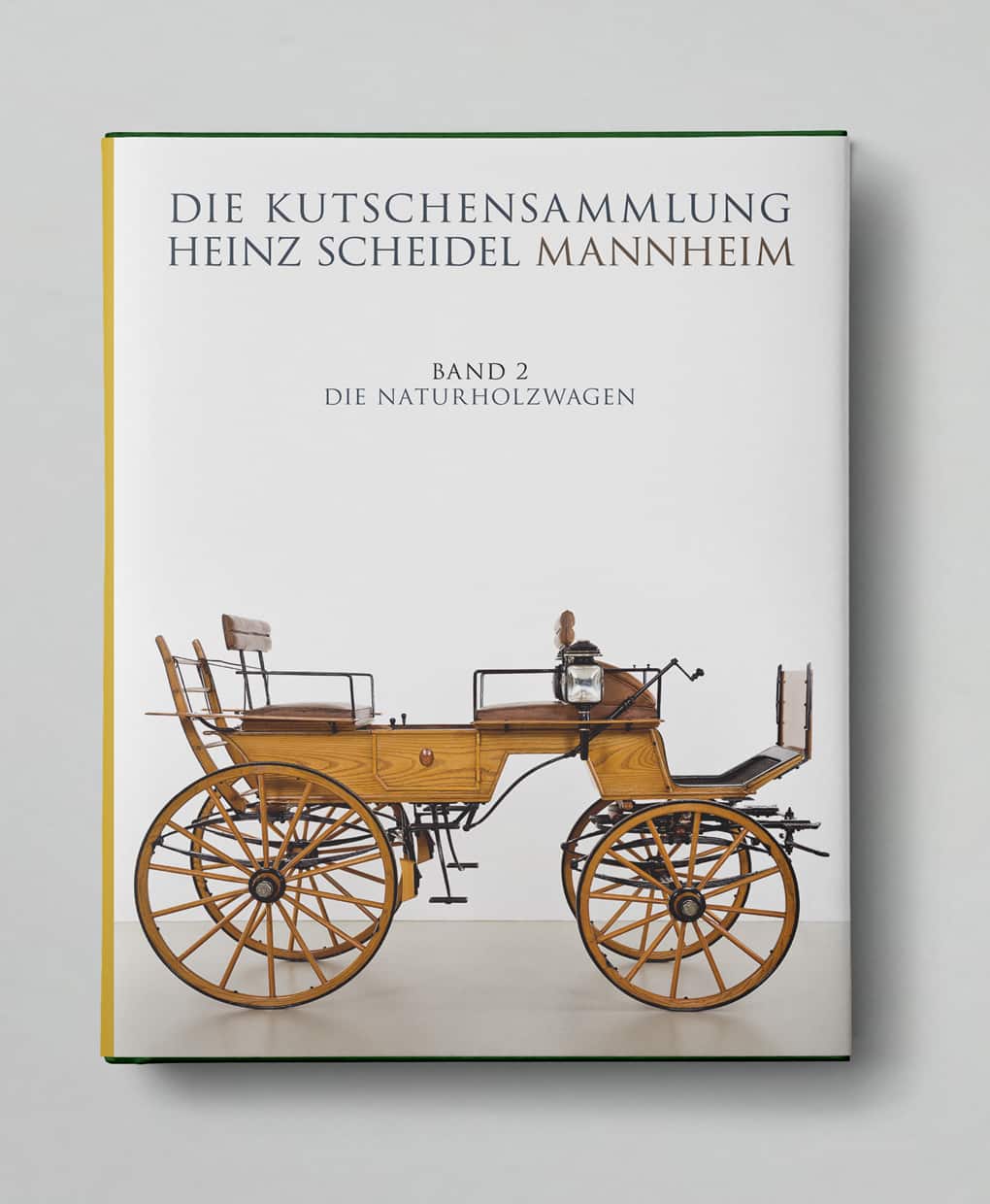Andres Furger, Driving
English edition
Man, horse and carriage from 1700 to the present day by Andres Furger. The lively interplay between man, horse and carriage is at the centre of this volume. It begins by tracing the origins of elegant carriage driving in Italy and then describes the flourishing of the art of driving in France in the 17th and 18th centuries. This is followed by the period of perfection in England and Germany in the 19th and 20th centuries right up to modern driving. The various driving techniques, the development of driving lines and bits are described in depth, as are the harnessing methods and harnesses used in different countries. The work thus follows on perfectly from the two volumes "Carriages of Europe". The entire last chapter is dedicated to today's traditional driving and the questions associated with it. How important is the overall appearance of the team? Which carriage suits which horses and occasions? The book provides concrete answers to these questions. The book, published by Georg Olms, comprises 340 pages with over 400 colour illustrations.
German and English edition, concept, repro, design, typesetting, printing - Georg Olms Verlag, 2009
Andres Furger «Fahrkunst»
(englische Ausgabe: «Driving»)
Mensch, Pferd und Wagen von 1700 bis heute von Andres Furger. Mit der Fahrkunst steht das lebendige Zusammenspiel von Mensch, Pferd und Wagen im Zentrum dieses Bandes. Zunächst wird den Urprüngen des eleganten Kutschenfahrens in Italien nachgeforscht, danach das Aufblühen der Fahrkunst im Frankreich des 17. und
Deutsche und englische Ausgabe, Konzept, Repro, Design, Satz, Druck — Georg Olms Verlag, 2009
More selected projects
Weiß-Freiburg GmbH — Grafik und Buchgestaltung
Wentzingerstraße 60, 79106 Freiburg im Breisgau, Germany
+49-761-7075825, E-Mail
Newsletter | Instagram | Projektarchiv | Datenschutz | Impressum | AGB










